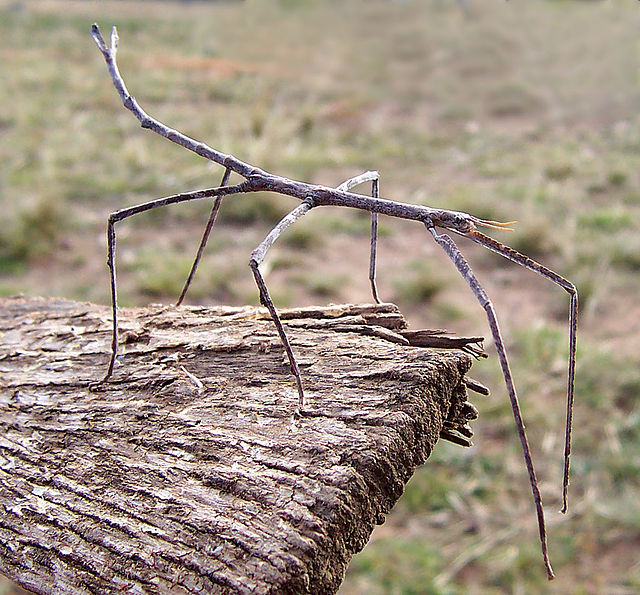Batesian mimicry is a form of mimicry where a harmless species has evolved to imitate the warning signals of a harmful species directed at a predator of them both. It is named after the English naturalist Henry Walter Bates, who worked on butterflies in the rainforests of Brazil.
Plate from Bates 1861, illustrating Batesian mimicry between Dismorphia species (top row and third row) and various Ithomiini (Nymphalidae) (second and bottom rows). A non-Batesian species, Pseudopieris nehemia, is in the centre.
Henry Walter Bates described the form of mimicry that bears his name in 1861.
The yellow-banded poison dart frog (Dendrobates leucomelas) has conspicuous aposematic coloration.
The hoverfly Spilomyia longicornis is an imperfect Batesian mimic of wasps, lacking their long antennae and wasp waist.
In evolutionary biology, mimicry is an evolved resemblance between an organism and another object, often an organism of another species. Mimicry may evolve between different species, or between individuals of the same species. Often, mimicry functions to protect a species from predators, making it an anti-predator adaptation. Mimicry evolves if a receiver perceives the similarity between a mimic and a model and as a result changes its behaviour in a way that provides a selective advantage to the mimic. The resemblances that evolve in mimicry can be visual, acoustic, chemical, tactile, or electric, or combinations of these sensory modalities. Mimicry may be to the advantage of both organisms that share a resemblance, in which case it is a form of mutualism; or mimicry can be to the detriment of one, making it parasitic or competitive. The evolutionary convergence between groups is driven by the selective action of a signal-receiver or dupe. Birds, for example, use sight to identify palatable insects and butterflies, whilst avoiding the noxious ones. Over time, palatable insects may evolve to resemble noxious ones, making them mimics and the noxious ones models. In the case of mutualism, sometimes both groups are referred to as "co-mimics". It is often thought that models must be more abundant than mimics, but this is not so. Mimicry may involve numerous species; many harmless species such as hoverflies are Batesian mimics of strongly defended species such as wasps, while many such well-defended species form Müllerian mimicry rings, all resembling each other. Mimicry between prey species and their predators often involves three or more species.

Plate from Henry Walter Bates (1862) illustrating Batesian mimicry between Dismorphia species (top row, third row) and various Ithomiini (Nymphalidae, second row, bottom row)
Mimesis in Ctenomorphodes chronus, camouflaged as a eucalyptus twig
Macroxiphus sp katydid mimics an ant
Common hawk-cuckoo resembles a predator, the shikra.







